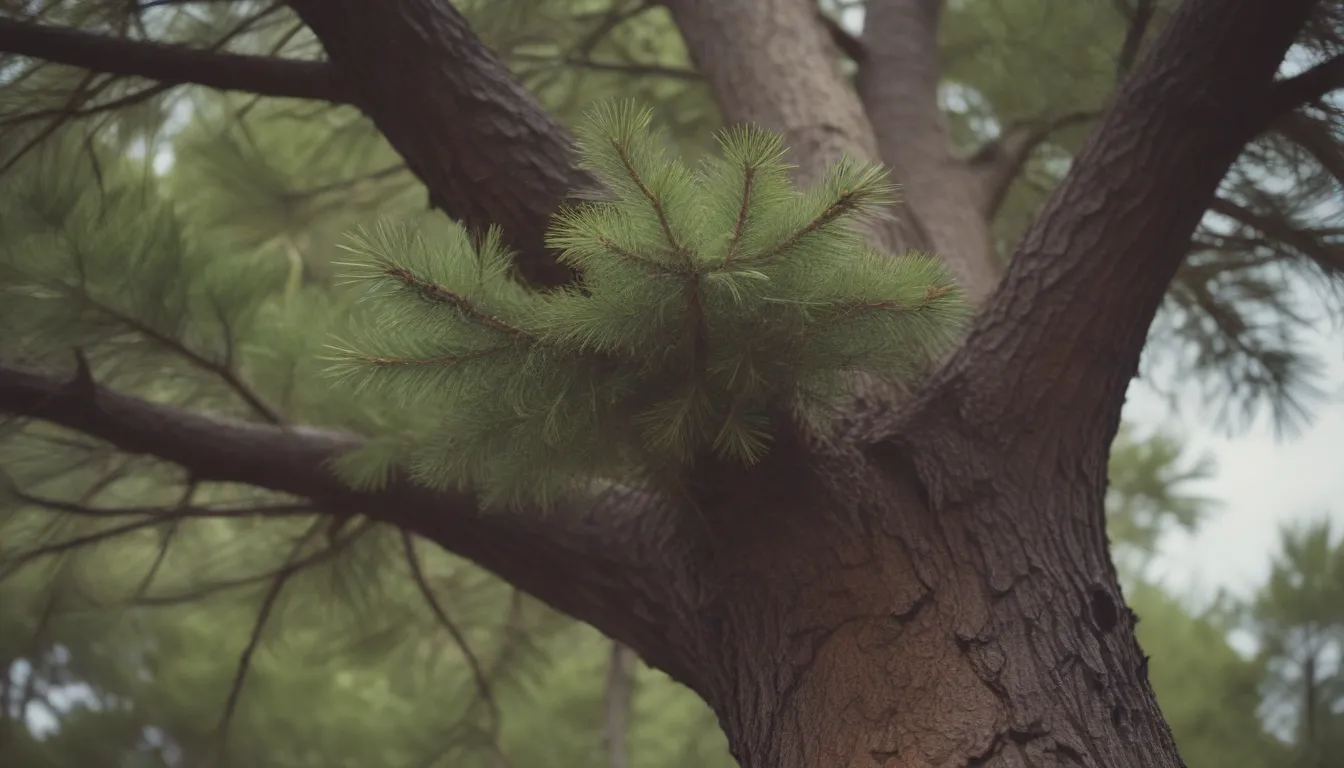A Comprehensive Guide to Growing and Caring for Jack Pine Trees

If you’re looking for a low-maintenance, hardy tree to add to your landscape, the jack pine might be the perfect choice. This unique evergreen has a mind of its own, growing fast and thriving in harsh conditions, making it an excellent addition to rocky, barren soil. In this guide, we will explore everything you need to know about growing and caring for jack pine trees.
Understanding Jack Pine Trees
The jack pine is a small to medium-sized evergreen tree that grows quickly, often more than 2 feet per year. Its mature height varies based on environmental conditions, with some trees taking on a shrubby growth habit under less than ideal conditions. The sparse canopy of a jack pine tree allows shade-tolerant plants to thrive beneath its branches, making it a suitable choice for mixed landscapes.
Characteristics of Jack Pine Trees
- Fast-growing evergreen
- Adaptable to poor, rocky soil
- Low maintenance
- Shade-tolerant canopy
Jack Pine Tree Care
Despite its wild nature, jack pine trees are relatively low-maintenance. Here are the key care requirements to keep your jack pine tree healthy and thriving:
Light
Jack pine seedlings require full sun for optimal growth, needing at least 6 hours of direct sunlight daily. Keep in mind that lower branches may die off if shaded by the tree’s canopy.
Soil
Jack pine trees thrive in dry, sandy soil but can adapt to loamy soil with good drainage. They prefer acidic soil between 5.0 to 7.5 but can tolerate some alkaline conditions. These trees often sprout in areas affected by wildfires, showcasing their resilience in harsh environments.
Water
Jack pine trees are drought-tolerant and prefer dry conditions over excessive moisture. They typically rely on natural rainfall and do not require regular watering unless environmental conditions are extreme.
Temperature and Humidity
Jack pine trees are extremely hardy in cold climates but struggle in hot, humid conditions. They thrive in USDA hardiness zone 2 and are commonly found in northern states like Michigan, Minnesota, and Wisconsin.
Fertilizer
Due to their preference for low-nutrient soils, jack pine trees rarely require additional fertilization. They thrive in nutrient-poor environments, making them an easy-care addition to your landscape.
Types of Jack Pine Trees
There are several cultivars of jack pine trees available, each with its unique characteristics and growth habits. Some popular varieties include:
- ‘Uncle Fogy’
- ‘Schoodic’
- ‘Jack’s Beanstalk’
- ‘Harlow Lake’
Pruning Jack Pine Trees
Jack pine trees have a natural, free-styling growth pattern, making them unique and visually appealing. While you can prune dead lower limbs if desired, it’s often unnecessary. If pruning is necessary, do so in the spring before the sap begins to flow.
Propagating Jack Pine Trees
To propagate jack pine trees, collect mature pine cones in the fall and extract the seeds for planting. These trees mostly reproduce from seeds found within tightly sealed cones, which can remain dormant for years before sprouting new seedlings.
Growing Jack Pine Trees from Seed
You can start jack pine seeds outdoors in the fall or after a period of cold stratification in early spring. To mimic natural conditions, remove seeds from cones that have been heat-treated to open, simulating the effects of a wildfire.
Potting and Repotting Jack Pine Trees
While only dwarf varieties are suitable for container planting, make sure to choose a container with ample drainage and well-draining potting mix. Container-grown trees need more frequent watering and winterization to protect the roots from cold temperatures.
Overwintering Jack Pine Trees
Fortunately, jack pine trees are well-equipped to withstand harsh winter conditions without additional protection. Simply ensure they are planted in a suitable location with proper sun exposure.
Common Pests & Plant Diseases
Despite their hardiness, jack pine trees can be susceptible to pests and diseases. Common issues include budworm infestations and root rot. Monitor your tree’s health and address any pest or disease problems promptly to ensure its longevity.
In conclusion, the jack pine tree is a hardy, versatile addition to any landscape, thriving in poor soil conditions and requiring minimal maintenance. By following these care guidelines and understanding the unique characteristics of jack pine trees, you can enjoy the beauty and resilience of this native evergreen in your outdoor space. Whether you’re a seasoned gardener or a novice plant enthusiast, growing and caring for jack pine trees is a rewarding experience that offers a glimpse into the wonders of nature. Happy planting!





